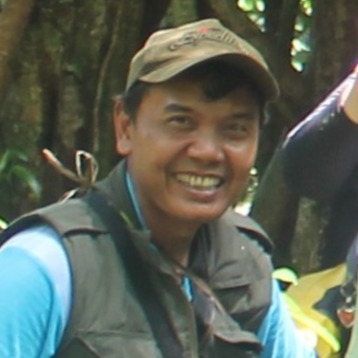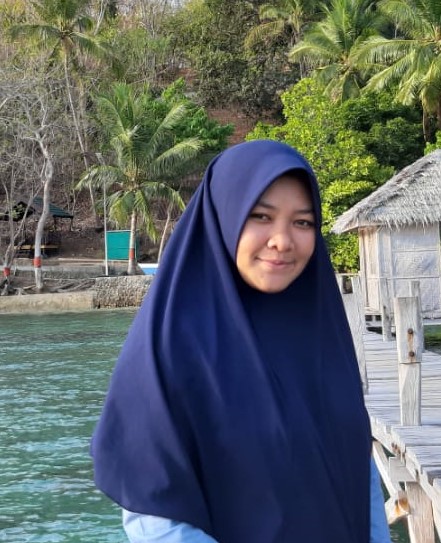Preferensi Masyarakat terhadap Pola Pemanfaatan Lahan Hutan Rakyat di Desa Lekopancing, Kecamatan Tanralili, Kabupaten Maros.
DOI:
https://doi.org/10.24259/jhm.v9i2.3098Keywords:
Community Forests, Land Use Patterns, Community PreferencesAbstract
This study describes the community preferences on land use arrangement in Lekopancing Village, Tanralili Subdistrict, Maros District. The results showed that the preferences of society towards the selection patterns of land use private forest determined by social factors, economic factors, and external factors. Social factors such as success stories of two persons in this village whom earn a large income from the plantation of Gmelina arborea (white teak), which is accompanied by social capital in the form of local knowledge and cultural system based on reciprocity. Economic factors, that is people felt motivated caused by increased income through the white teak plantation. External factors, such as KBR incentive programs and the provision of forestry extension worker, become the driving factors too.Downloads
References
MacDonald, C. (2012). Understanding participatory action research: A qualitative research methodology option. The Canadian Journal of Action Research, 13(2), 34-50.
Mas'ud, E.I., Kadir, M. I., Molo, H., Tahnur, M., & Hardiyanti. 2017. Potensi Pengembangan Ulat Sutera di Areal KPHP Model Awota. Jurnal Hutan dan Masyarakat, 9 (1), 17-22.
Moeliono, M., Thuy, P., Waty Bong, I., Wong, G., & Brockhaus, M. (2017). Social Forestry - why and for whom? A comparison of policies in Vietnam and Indonesia. Forest and Society, 1(2), 78-97. doi:http://dx.doi.org/10.24259/fs.v1i2.2484
Soekanto, S. (2007). Sosiologi Suatu Pengantar. Jakarta: Raja Grafindo Persada.



















